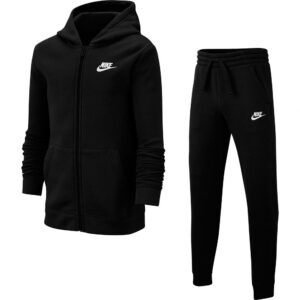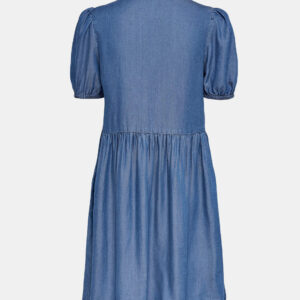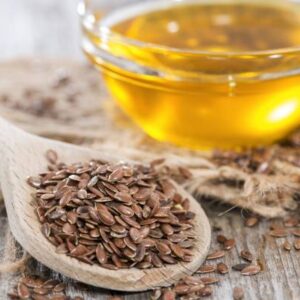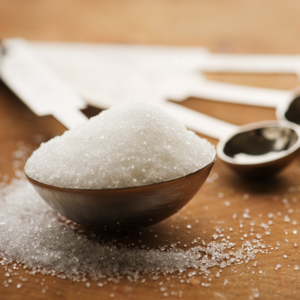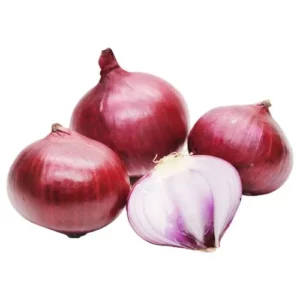Description
When the wheat kernels are crushed using steel rollers to make atta, the rollers produce heat that is capable of destroying the bran and germ. This strips the flour of many wholesome nutrients and vitamins. Milling wheat using stone grinders or chakki as it is called in India is more preferable as it keeps the germ of the wheat intact and produces wheat flour that is comparatively richer in nutrients.
Wholegrain wheat flours are in great demand from consumers worldwide because they are considered healthier then refined flours. They can be obtained by either stone milling, which is experiencing a revival in Europe, or roller milling. In order to study compositional differences due to the milling technology and to explore the possibility of a better qualification of wholegrain flours by means of nutritionally oriented quality parameters, eight mixes of soft wheat grains were stone milled and roller milled and the milling products were analyzed for their protein, ash, lipids, total dietary fibre, total polyphenols and alkylresorcinols content. A wholegrain flour milled with a laboratory disk mill was used as a comparison and a set of seven wholegrain flours purchased on themarket were also analyzed and compared. The particle size distribution of stone milled and recombined roller milled flour was also studied. Considering the above mentioned parameters, we found that there is no compositional difference between a stone milled or a roller milled flour if, in this latter one, the milling streams are all recombined, but the particle size distribution was different. This might have an impact on the technological quality of flours and on the bioavailability of components.


